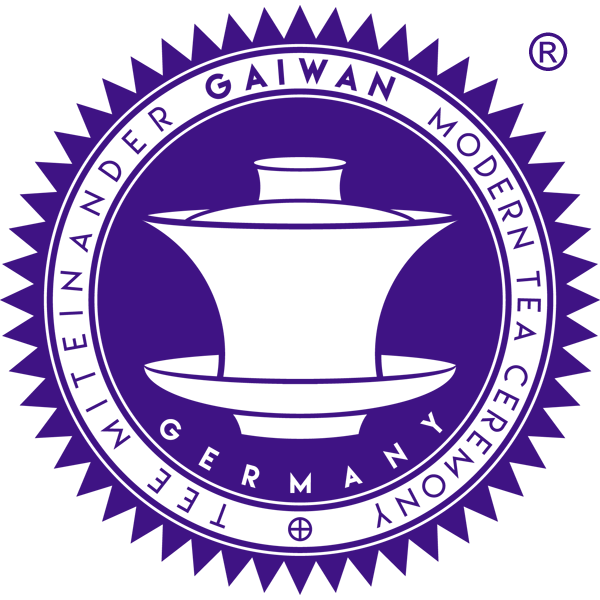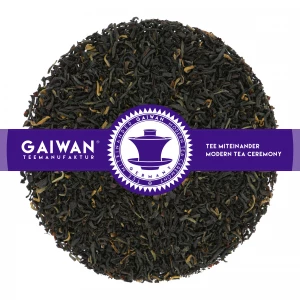TGFBOP - Golden Flowery Broken Orange Pekoe
Welcome to the Tippy Golden Flowery Broken Orange Pekoe (TGFBOP) category, a category truly for tea enthusiasts and connoisseurs. TGFBOP teas are known for their high quality and incomparable taste, which is achieved through the use of numerous golden leaf tips, known as "tips", and small leaves that are broken during processing.
| * | |
| OP | Orange Pekoe |
| BOP | Broken Orange Pekoe |
| GBOP | Golden Broken Orange Pekoe |
| FBOP | Flowery Broken Orange Pekoe |
| FOP | Flowery Orange Pekoe |
| GFBOP | Golden Flowery Broken Orange Pekoe |
| GFOP | Golden Flowery Orange Pekoe |
| TGFBOP | Tippy Golden Flowery Broken Orange Pekoe |
| TGFOP | Tippy Golden Flowery Orange Pekoe |
| FTGFOP |
Fine Tippy Golden Flowery Orange Pekoe |
| FTGFOP1 |
Fine Tippy Golden Flowery Orange Pekoe 1 |
| SFTGFOP |
Special Fine Tippy Golden Flowery Orange Pekoe |
| SFTGFOP1 |
Special Fine Tippy Golden Flowery Orange Pekoe 1 |
Within this category we find Assam Balijan TGFBOP, an outstanding tea that comes from the renowned Balijan growing area in Assam. This area, located in the quality belt of the Tingri district, has earned the nickname "Balijan High" due to the high quality of the teas produced there.
The Assam Balijan TGFBOP is harvested and processed both mechanically using the CTC method and orthodoxly, i.e. manually. The result is a tea of exquisite taste, known for its special aroma and the many golden leaf tips in the tea. These golden tips are a sign of the highest quality and give the tea a rich and full-bodied taste that is both sweet and malty.
Although Assam Balijan TGFBOP is currently the only tea in this category, it represents the best that TGFBOP teas have to offer: first-class quality, careful processing and a unique taste experience. We invite you to discover this exceptional tea and embark on a journey through the fascinating world of tea.
CTC stands for "Crush, Tear, Curl". It is a production process that is mainly used in the production of black tea. The aim of the CTC process is to efficiently destroy the cell structures of the tea leaves in order to maximise the oxidation process and thus accelerate fermentation.
In a CTC machine, the tea leaves go through several phases:
1. crush: the tea leaves are crushed between two grooved metal rollers, breaking the cell walls and releasing the inner cell materials.
2. tear: The crushed leaves are then further torn to release even more pulp.
3. curl: Finally, the leaves are rolled into small, firm pellets.
The CTC process produces a strong, dark tea that dissolves quickly in water, making it ideal for tea bags and strongly brewed teas such as Indian chai. It should be noted that the CTC method is not usually used for higher quality teas, as it leaves less room for the subtleties of flavour and aroma that can be achieved through the traditional, orthodox manufacturing process.





